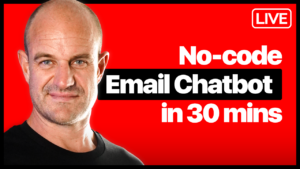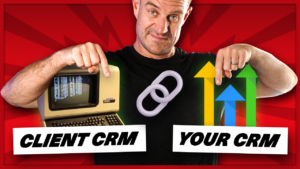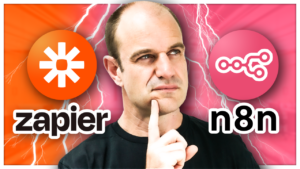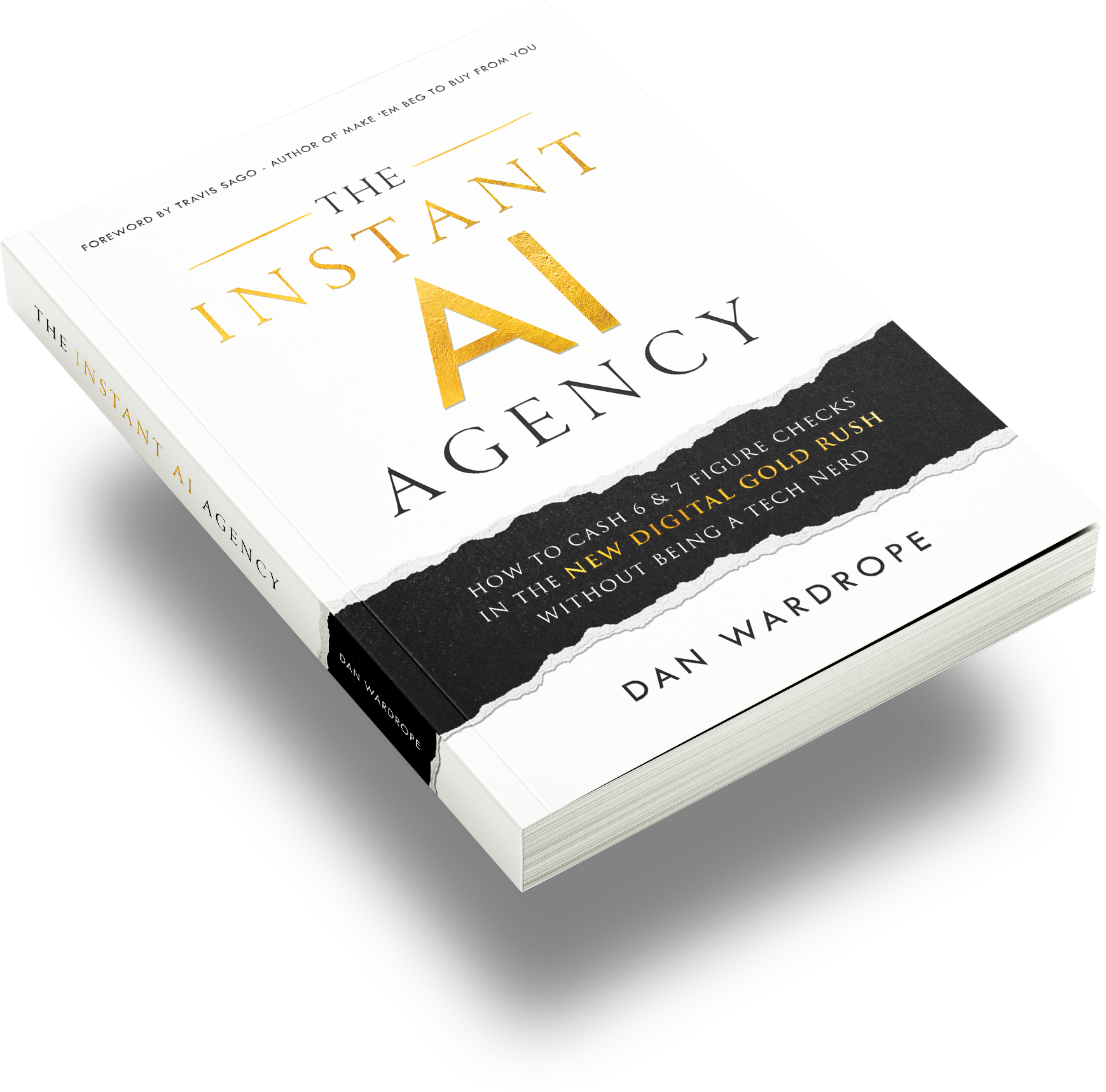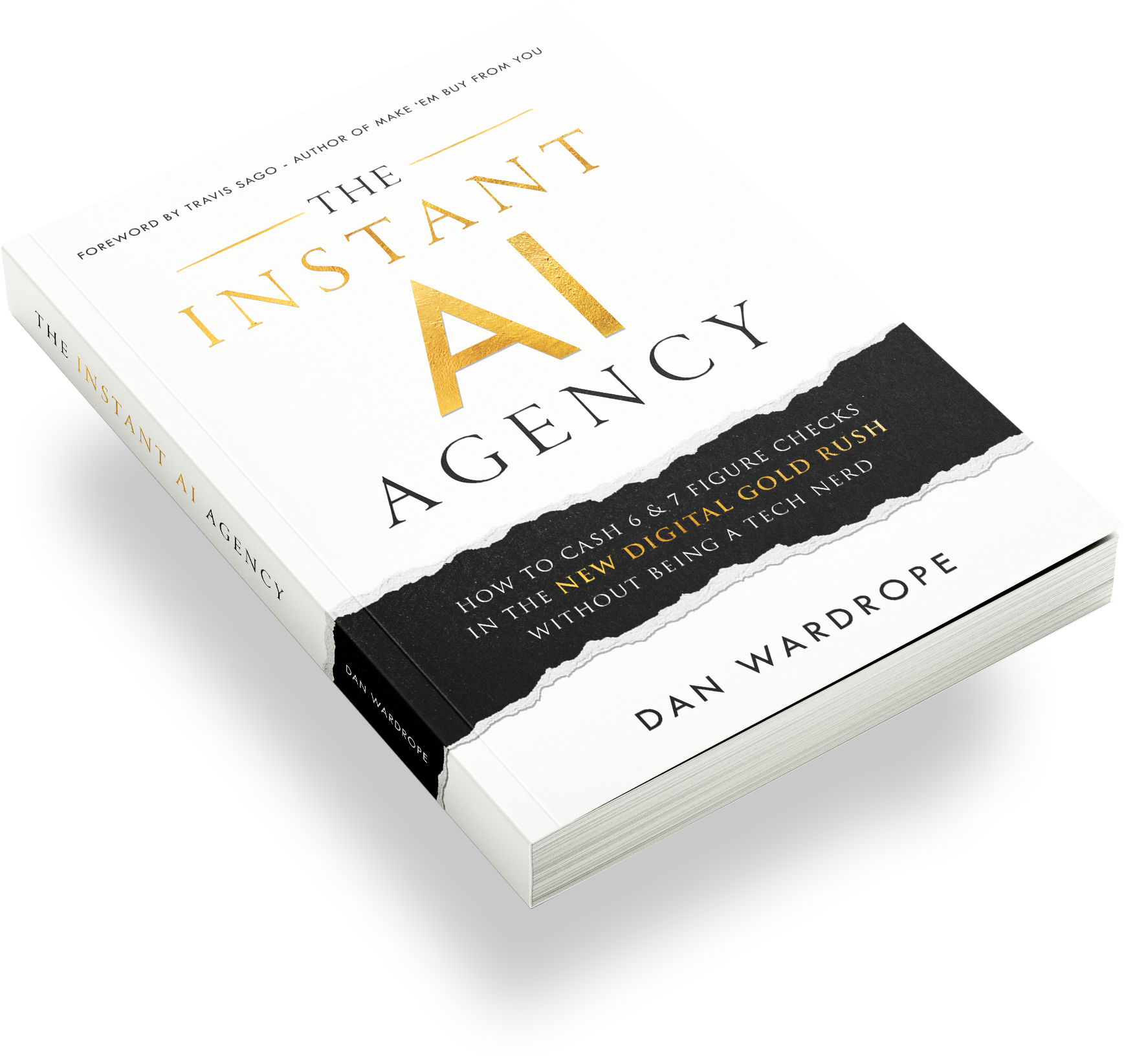Okay, I’ll admit it.
Facebook is being a total pain in the ass at the moment.
People across the globe are getting their ad accounts banned, and business owners are starting to suspect the worst: online advertising is dying.
If you’re one of those people, I kinda understand. But I have to say that I completely disagree.
There’s never been a better time to advertise online. And I’m going to spend this entire article telling you why.
First hint: it’s all about the creativity within your ads (aka creative is king).

Let’s Go Back To 2014
Five years ago is nothing, right?
When it comes to online advertising, five years is everything.
Back in the day, 50% of the skills involved with generating leads was cold, hard strategy and data analytics.
Don’t get me wrong, those are still super-important.
But marketers would spend hours and hours pouring over pivot tables. They were scrutinising stats such as:
- Click-through rates
- What interests were doing the best
- What times of day were best to advertise (dayparting)
And so on and so forth.
That stuff drives me nuts. I get the same pleasure from staring at spreadsheets as the average citizen gets watching concrete dry on a rainy day.
These marketing guys weren’t creatives, they were managers. And they were absolutely crushing it. All the scripts and automation and data analysis they were doing seriously worked to their advantage.
The other 50% of their marketing efforts went into their ad creativity. But their half-assed efforts when it came to capturing audience attention didn’t matter, because they were so darn good at the other stuff.
And then, quelle surprise, things started to change.
In 2018, Facebook made a massive announcement. Instead of prioritising those who lined its pockets (aka the businesses and marketers), it was gonna start focusing on “meaningful social interactions” instead.
And a shedload of SMBs started bricking it.
‘Cus, whaddaya know, they’d spent so much time crunching numbers and manipulating stats, they’d forgotten how to connect with their audiences.
What Do I Mean By “The Creative”?
When people throw around the term “creative”, they usually picture mosaics and poems and stuff.
(Note: Back in my early days, I tried writing a poem for one of my Facebook campaigns. I got told to take a running jump).
When it comes to online marketing, I’m talking about 5 key things (in no particular order):
- Hooks
- Ad copy
- The way you speak to your customer
- The call to action
- How well you know your offer
Now the tides have turned, becoming a master of this stuff is now 80% important. Managing your content strategy is about 20% important.
You know I like a good equation, so:
80% Creativity + 20% Content Management = Some Cracking Online Marketing
How To Let Go Of Over-Managing And Let The Creative Be King
Artificial Intelligence and algorithms across advertising platforms have gotten so smart you can kind of leave it in their hands.
That means you can stop spending hours dicking about with interests and geography and God knows what. So many agencies spend forever and a day trying to find the perfect audience, they’re missing out on some prime lead generating opportunities along the way.
Trust me: if a man sees an ad targeted primarily towards ladies, he isn’t going to hulk-smash his computer screen. At worst, he’s going to ignore it and get on with his day. You know, like a sane person.
So, dare to go BROAD on those Facebook audiences. If your client’s ideal customer is between 20-30, open up your ads to every 20-30 year old in the UK, US or wherever.
This strategy will get you some WILDCARD LEADS. Basically, people who wouldn’t usually be interested in your service but were attracted to your ad (because of how darn CREATIVE it is).
Or, could even be those people who wouldn’t usually see your ad because of your insane micro-managing, but then actually got the chance.
Be chilled with this approach. Give a broad audience three or four days to get the results you’re looking for. It’s like a snowball barrelling down a hill – it will only gain momentum.
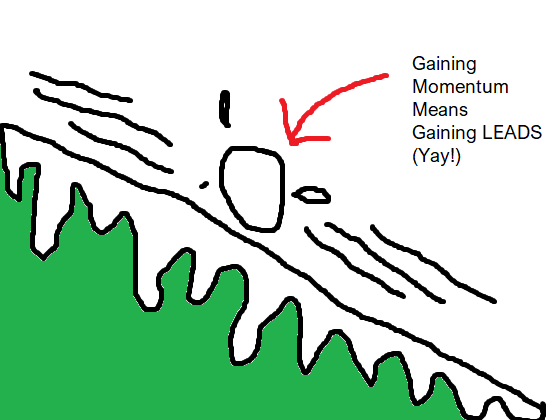
“The Creative Is King” Step One: Reconnect With Your Audience
You lost that lovin’ feelin’
Whoa, that lovin’ feelin’
You lost that lovin’ feelin’
Now it’s gone, gone, gone, whoaa
~ The Righteous Brothers (1964)
If Facebook (or any ad platform) want meaningful content, then meaningful content they shall have.
You gotta remember that what’s meaningful to YOU isn’t necessarily going to be all that meaningful to your target.
Advice #1: STOP MAKING IT ABOUT YOU AND GIVE THE CUSTOMER WHAT THEY WANT.
If you’ve grown so far apart from your target audience, it may be time to start from scratch and get creative (‘cus the creative is king, as I keep saying). Pull up your sleeves, snap on some latex gloves, and dive into your customers’ heads.
The best way to do that is with a customer avatar and empathy map.
Customer avatars map out the demographics, habits, online behaviours and goals of your ideal customer.
It’s no use saying they’re “Female, around 30, and really wants a decent plumber”. The idea of a customer avatar is to be as specific as possible.
![]()
An empathy map dives into your ideal customer’s deepest, darkest desires. Because an empathy map needs you to plant yourself in your ideal customer’s shoes, it’ll help you realise what they actually want – as opposed to what you think they want.
Empathy maps look like this:
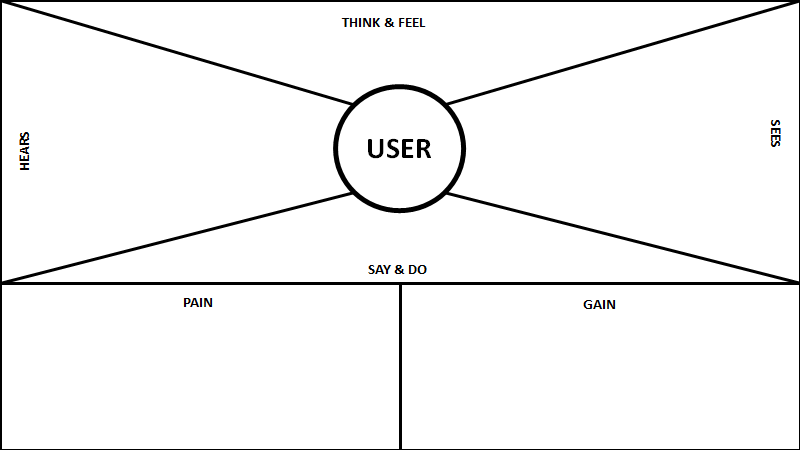
The idea is to absolutely cram the white space with as many thoughts as possible. You can do this on your own, or as part of a high-powered team.
“The Creative Is King” Step Two: Come Up With An IRRESISTABLE Hook
Now you’ve bothered to find out who you’re targeting and what they want, you need to develop that info into an AWESOME MARKETING HOOK.
Now, a hook is often a single phrase or sentence that describes an offer’s sexiest benefit.
It’s a curiosity-driven idea that should run throughout your entire marketing campaign.
An attention-grabbing hook is hard to write so you may find yourself writing 5, 10 or 20 before you’re happy with one.
When I’m trying to come up with a sales hook, I keep these three things in mind:
- Inevitability
- Intrigue
- Promise/Solution
Sound like a lot to fit into a sentence or so? Here’s a good example:
In February 2018, DashThis, an agency reporting software company, asked Facebook: “What’s the difference between DashThis and a regular old spreadsheet?”
Although DashThis’ service isn’t one you’d call “exciting”, they managed to take something mega boring (a spreadsheet) and suggested that their product somehow kicks a spreadsheet’s ass.
In the space of a question, DashThis tapped into three selling points:
- Inevitability: Spreadsheets are a part of life
- Intrigue: Our automated spreadsheets are different – find out why!
- Promise/Solution: By being different, our product is better. This could be the solution to your “boring spreadsheet” problem.
There’s so much subtext you can stuff into one sentence. It doesn’t need to be in the form of a question.
Last year, PPC Manager, Graham Connolly, wrote the following hook for a debt service: “How mums are writing 75% off their debt”.
After clearly defining his audience (mums), he tapped into the same three selling points:
- Inevitability: People get into debt and have to pay it back
- Intrigue: How did these mums get so much debt written off?
- Promise/Solution: Read the article, and you can do the same
In just a few words, you’ve caught the reader’s attention enough to make that click into your sales funnel.
“The Creative Is King” Step Three: Punch The Competition With A BALL-GRABBING Headline
Stat for you: 70% of people only read a headline before sharing and reacting to the content.
You ever see a Vice article on Facebook? Most people only read the headline before they’re jabbing furiously at their mobile phones, desperate to put in their twopence worth on the world wide web.
At this point, Vice would be able to run perfectly well without any content. They could sack 90% of their creative staff, and have someone patiently tapping out headline after headline instead.
And why have Vice gained such fame/notoriety? Because they know exactly how to push their target audience’s buttons.
Recent headlines include:
It’s Weird and Gross to Marry Someone Decades Younger Than You Are (I so clicked on this)
A Few Warning Signs That Astrology Apps Might Be Ruining Your Life
What It’s Like To Have An Extreme Fear of Chewing Sounds
An Assassination Job Got Passed Along by 5 Different Hitmen. Now All Are In Jail.
From genuine interest stories to absolute drivel, you can see how these headlines cause anything between 100% agreement to brain-melting fury.
And YOU need to create something similar headlines with your online ads. You must force people to be able to do NOTHING BUT CLICK.
You’ve got about 3 seconds to make an impact, and AdEspresso says that the optimal number of words in a Facebook headline is 5.
It may sound easy, but writing a relevant, clickable headline is surprisingly frustrating. You may find you need to draft 10, 15 or 20 before you come up with a winner.
But before you sag with defeat, here are a couple of pointers to help you out:
- Be clear and precise. If your headline could represent anything, then it’s not a good headline. Sparking curiosity isn’t the same as being infuriating vague.
- Use superlatives. So, general consensus says that people are fed up with words like “awesome” and “amazing”, and yet they continue to work. It seems that people can’t resist anything new or shiny, or what promises to be a quick-fix. It must be ingrained into us.
- Action words, too. No, not “buy”. Action words like “get”, “try” or “learn” taps into people’s curiosity and promises to lead to some sort of solution. “Buy”, on the other hand, suggests the solution is tied in with a transaction. That’s like throwing cold water onto sun-warmed skin.
- Be negative. No, I’m not deliberately contradicting myself. If you’ve called something “amazing” so many times it’s gone rotten, try the opposite.
See, humans (like you and me, lol) like to read things that tap into the four S’s:
Shock
Shame
Surprise
Strong emotional response

The ad world can be glutted with superlatives, making some sales-pitches (aka, not those related to the glamorous stuff like shoes, food and clothes) sound fake and sickly-sweet.
Everything is sold as “astonishing” or “groundbreaking” or “fabulous” and, most of the time, the product/service turns out to be “meh” at best.
Here are some examples of good “negative” headlines:
7 Reasons Your Ads Are Destined To Fail (confrontational)
One Small Mistake Means This Mum Is $200,000 In Debt (scare tactics)
How Lindsay Lohan Destroyed Her Looks (makes people wanna not look like crap)
These headlines work because they’re A) nice and short, and B) freak people out enough that it’s impossible to remain impassive.
Remember – Avoiding pain is more important to our survival than gaining pleasure.
If all else fails when it comes to writing an awesome headline, try using a formula like this one:
[DO THIS THING] + [IN THIS AMOUNT OF TIME] + [GET WHAT YOU WANT]
For example:
[Have a phone call with me] + [For 45 minutes] + [And you’ll be able to skyrocket your business to 10x what it was before].
[Use this detergent] + [For 2 washes] + [And your clothes will be better than new]
[Take this quiz] + [That lasts for 30 seconds] + [And see if you can take 75% off your debts]
Or you can go wild and swap things around.
[GET WHAT YOU WANT] + [TAKE THIS ACTION] + [IN THIS AMOUNT OF TIME]
[Make the best gooey chocolate fudge cake] + [with just four ingredients] + [in 45 minutes]
[Save hundreds on car insurance] + [with a personalised consultation] + [by the end of the day]
[Make amazing YouTube ads] + [with only a mobile phone camera] + [in less than half a day].
“The Creative Is King” Step Four: Sex-Up Your Ad Copy With Power Words
This is a hack for you copywriters!
No one wants to read page after page of yawn-worthy writing.
Most copywriters try to use a conversational tone (like wot I’m trying to do right now).
Yep, even those snooze-worthy B2B folk will avoid buying anything if emotion doesn’t come into play.
BUUUUUT, used occasionally, official-sounding language can make an emotional impact.
Audiences love labels and anything that sounds like a fact. It’s like being taken to The Ivy when you’ve been promised KFC.
For example, using labels such as “government-backed” adds credibility to your service and makes the audience want to trust you (ideal!).
These are called POWER WORDS, and these are the words that SELL.
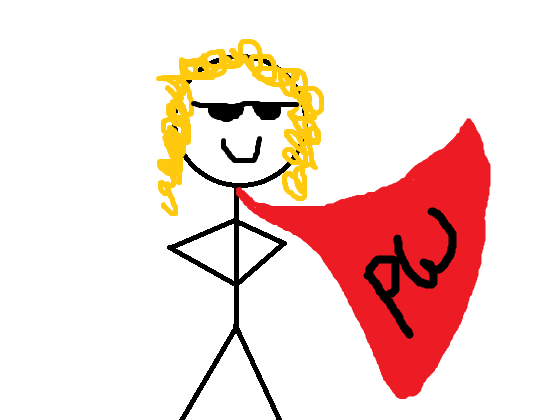
Here’s a quick example. Consider these sentences:
“Get what you need.”
And
“Get what you’re entitled to.”
Both kinda mean the same thing, but the second makes you sound IMPORTANT while the other makes you look WHINGY AND NEEDY.
Tell the customer they’re ENTITLED to something, or they DESERVE something, and you’ll stir up MEGA-FEELINGS like righteous ownership and empowerment.
There are plenty of “power word” examples out there. This one is my favourite source: CopyWriteMatters.
“The Creative Is King” Step Five: Update Yo’ Ads Every Two Weeks, Alright?
Hate to break it to you, but Facebook isn’t a “set up and leave it platform”.
And if Facebook is getting bored senseless with your ads, I guarantee your audience are too.
You need to update your creative every two weeks to keep your audience (and you!) on your toes.
And yeah, it’s hard work, but it all comes down to whether you want to make money or not.
With Twitter, it’s even worse. We recommend refreshing your Twitter creative every other day.
On the other hand, a good YouTube video ad can last for months and months and months.
There’s no “magic pill” for a knockout campaign, I’m afraid, but it’s time to accept one thing:
The Age of Intense Ad Management Is Over. Felled.
It’s Time To Bow Down and Accept That The Creative Is King.

Free Training
Flexx Digital is a PPC agency that uses the Pay Per Lead model – no retainer contracts.
If you want to find out more about this Pay Per Lead model, and how we run the business, check out my free case study.
Inside you’ll find how I:
- Severed ties with retainer contracts once and for all
- Moved away from local businesses
- Started working with national B2C companies
- Land high-ticket clients
- Found the verticals we work in
- Consistently generate leads of the highest quality
Click below to watch it now:


